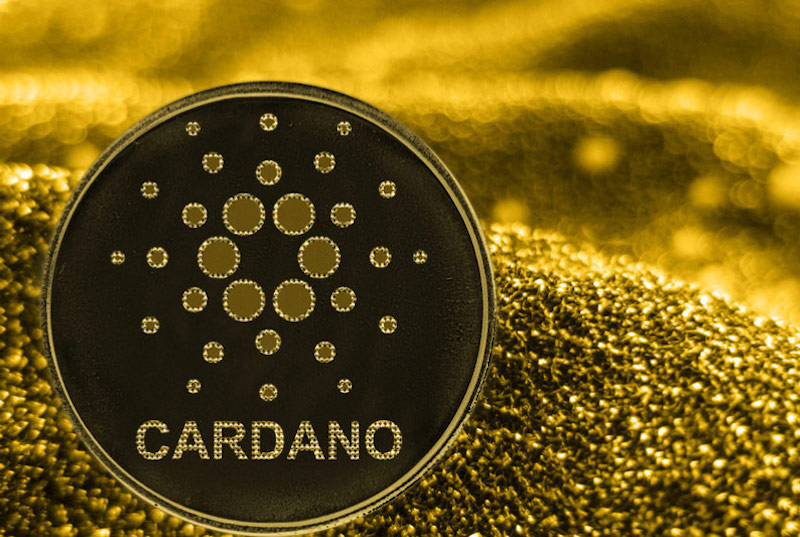
A Closer Look at Cardano (ADA): The Promising, the Perplexing, and Everything in Between
Cardano, also known as ADA, is a decentralized platform that runs smart contracts and DApps (decentralized applications).
Cardano was created to provide a more secure and scalable platform for blockchain transactions.
In this article, we’ll take a closer look at Cardano, examining both the promise and the challenges it faces.
What is Cardano and How Does it Work?
Cardano is a blockchain platform that was created to provide a more secure and scalable platform for smart contracts and DApps.
It uses a proof-of-stake consensus mechanism, which allows for faster and more efficient transactions.
Unlike other proof-of-work consensus mechanisms, which require a large amount of computational power to validate transactions, proof-of-stake only requires a small amount of computational power.
This makes it much more energy-efficient and environmentally friendly.
The Ada cryptocurrency is used on the Cardano network and the value of Ada stocks is determined by market demand. Sentiment analysis for stock market can be used to analyze market sentiment and predict the future price of Ada.
The Cardano platform is made up of two layers: the Cardano Settlement Layer (CSL) and the Cardano Computation Layer (CCL).
The CSL is responsible for handling transactions, while the CCL is responsible for running smart contracts and DApps.
This two-layer design allows for greater flexibility and scalability, as well as the ability to upgrade the platform without disrupting its operations.
The Promise of Cardano
Cardano offers several advantages over other blockchain platforms. Firstly, its proof-of-stake consensus mechanism makes it much more energy-efficient and environmentally friendly than other blockchain platforms.
Secondly, its two-layer design allows for greater flexibility and scalability, as well as the ability to upgrade the platform without disrupting its operations.
In addition to these technical advantages, Cardano also offers a number of other benefits. For example, Cardano has a strong focus on security and privacy, with several measures in place to protect the platform from hacks and fraud.
Cardano also has a highly active and engaged community, which helps to drive innovation and growth.
The Perplexing Challenges of Cardano
Despite its many advantages, Cardano faces several challenges that could limit its growth and adoption.
One of the biggest challenges is competition from other blockchain platforms, such as Ethereum and EOS, which also offer a platform for smart contracts and DApps.
Another challenge is the lack of widespread adoption of Cardano. While the platform has a strong and active community, it has yet to gain widespread recognition and usage.
This lack of adoption could be due to a lack of understanding of the platform, as well as a lack of awareness of its benefits and potential.
Finally, there is the challenge of regulatory uncertainty. The regulatory environment for cryptocurrencies and blockchain technology is still in its early stages, and it is unclear how governments and regulators will respond to the growth of these technologies.
This regulatory uncertainty could limit the growth and adoption of Cardano, as well as other blockchain platforms.
Cardano’s Role in the Future of Decentralized Technology
Cardano’s role in the future of decentralized technology is significant and holds immense potential. Decentralized technology is becoming increasingly popular, with blockchain being at the forefront of this movement.
Cardano is one of the most advanced blockchain platforms available today and offers several key features that make it well-suited for the future of decentralized technology.
One of the most important aspects of Cardano is its focus on security and privacy. Cardano uses advanced cryptographic algorithms to secure transactions, which makes it one of the most secure blockchain platforms available.
This increased security will be crucial in the future of decentralized technology, as more and more sensitive information is stored on these platforms.
Another important aspect of Cardano is its scalability. Cardano’s two-layer design allows for greater flexibility and scalability, which will be crucial in the future of decentralized technology.
As decentralized technology becomes more popular, the demand for faster and more efficient transactions will increase. Cardano’s scalability will allow it to meet this demand and handle a large number of transactions in real-time.
In addition, Cardano’s use of a proof-of-stake consensus mechanism makes it more energy-efficient than other blockchain platforms.
This will be increasingly important in the future, as concerns about energy consumption and the environment become more pressing.
Cardano’s energy-efficiency will make it a more sustainable option for decentralized technology, which will be crucial for its long-term success.
Consensus Mechanism
Cardano is a promising blockchain platform that offers several advantages over other platforms, including a more energy-efficient and environmentally friendly proof-of-stake consensus mechanism, and a two-layer design that allows for greater flexibility and scalability.
However, Cardano also faces several challenges, including competition from other blockchain platforms, a lack of widespread adoption, and regulatory uncertainty.
Despite these challenges, Cardano has a strong and active community, which will be key to its growth and success in the future.
Editor’s note: This website is not a financial website and does not offer financial advice. This contributed article is offered for information purposes only and all investments should be made at your own risk.


